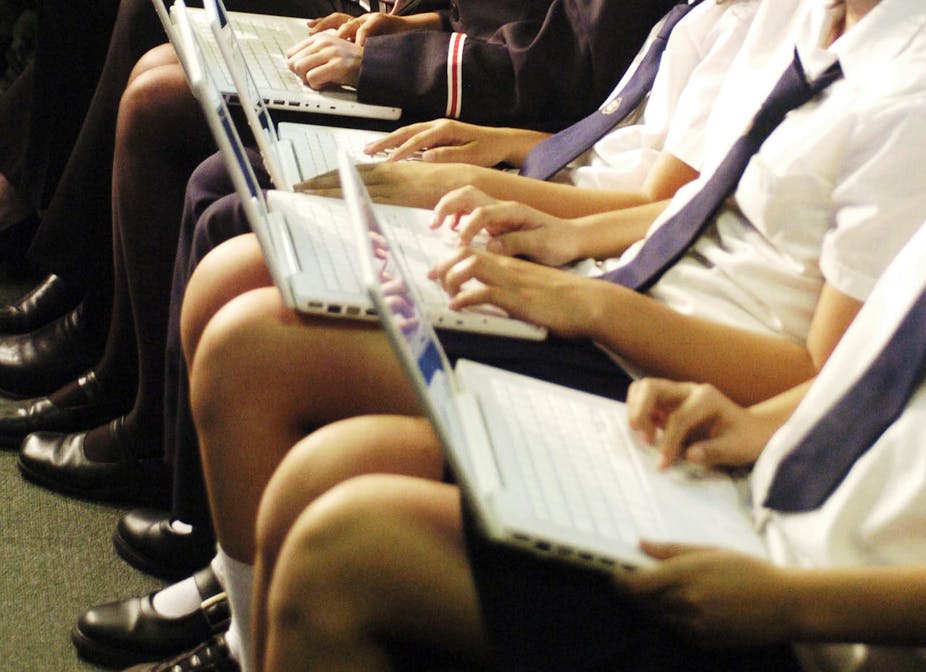Independent and Catholic schools have tentatively embraced a proposal to overhaul Australia’s system of school funding, but have called on the Federal Government to act quickly and to protect schools from dramatic fee increases.
The Executive Director of the Independent Schools Council of Australia, Bill Daniels, said it was crucial that no independent school “lost a dollar in real terms if we are to achieve the schooling outcomes and objectives” laid out in the landmark Gonski review.
He said it was “disappointing” that the government had not provided a clearer indication of its thinking around the recommendations, and cautioned against creating an overly bureaucratic system to implement the them.
Mr Gonski delivered his report to the government in December, after spending 18 months reviewing 7000 submissions and visiting dozens of schools across the country.
Among its many recommendations is a call for greater balance in the way state and federal governments fund the different school sectors. The federal government currently provides most of the funding for non-government schools, whereas the states fund the public school systems.
The report proposes that the federal government take on more financial responsibility for public schools, and the states contribute a larger share to non-government schools.
Therese Temby, the Chair of the National Catholic Education Commission, said that the review was a “roadmap for a way forward”, but stressed that much work remained to be done.
“In its response to the report, the Government recognises that families face financial pressures and do not wish to see school fees rise beyond their reach,” Mrs Temby said.
In a four-page reponse to the Gonski review, the Government wrote that “it is our expectation that indexation will be a feature of any future funding model”. However, the Catholic school system is understood to be particularly concerned that funding could ultimately could decline in real terms, leading to a steep increase in fees and an exodus of students.
“One in five Australian children attends a Catholic school, and Catholic schools already operate at 90% of the resources available in government schools,” Mrs Temby said.
“We will be working hard during the consultation phase to ensure we do not end up with a model that has the potential to put pressure on school fees for parents in Catholic school.”
Australian Education Union Federal President Angelo Gavrielatos described the report as a once-in-a-generation opportunity to move to a fairer funding system for all students.
“This report shows the immense social and economic cost of failing to reform the way we resource our schools,” Mr Gavrielatos said. “Public schools are being denied the resources they require to ensure the provision of high quality education for every child in every community.
Students and teachers in public schools had waited long enough, he said. "We need to move immediately to implement the recommendations of the review for the creation of a schooling resource standard with appropriate loadings for disadvantage and an investment of at least an additional $3.8 billion a year in our public schools.
"We need a clear timetable for the introduction of legislation this year to ensure new funding arrangements can be put in place by 2014.”

